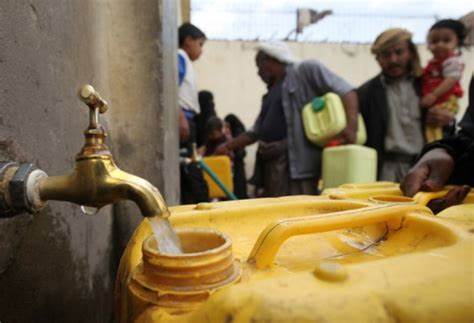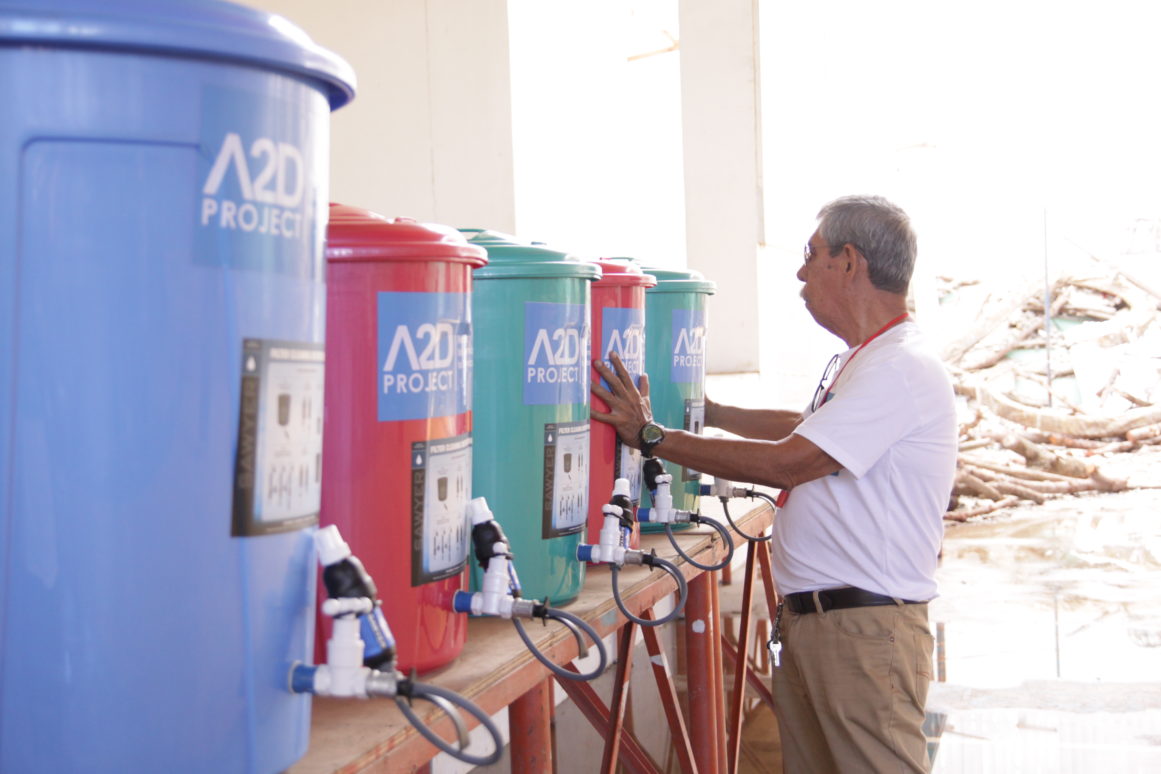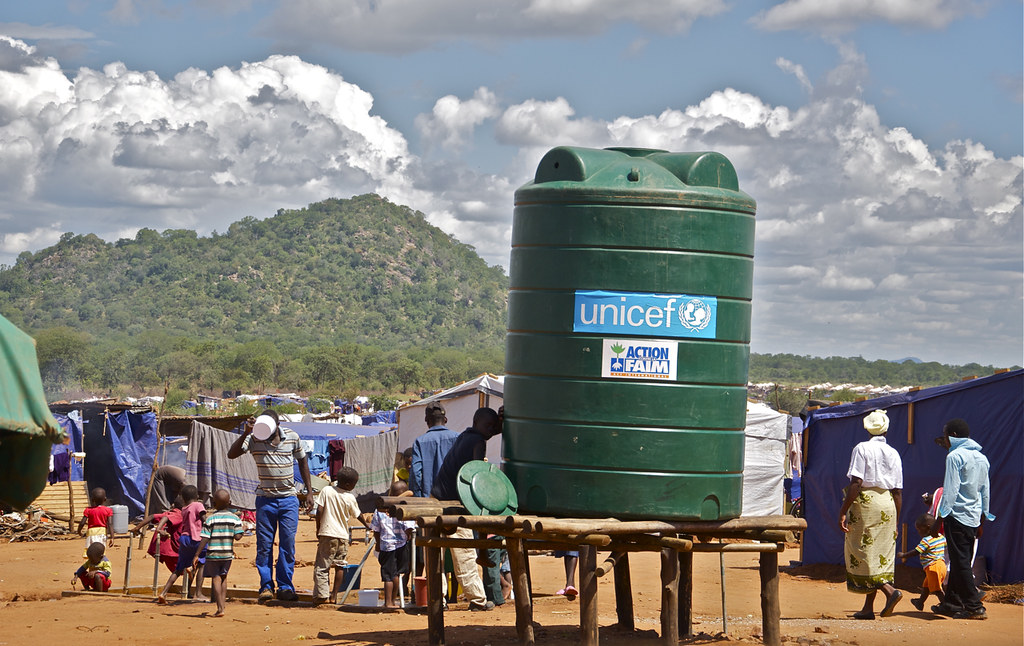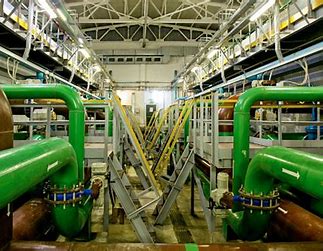
Wastewater Treatment in Humanitarian and Disaster Relief Efforts: Safeguarding Public Health and Environmental Sustainability
Introduction
Wastewater treatment plays a crucial role in humanitarian and disaster relief efforts, ensuring the provision of safe and healthy living conditions for affected populations. In emergency situations, such as natural disasters or conflict zones, proper wastewater treatment becomes even more critical as it helps prevent the spread of waterborne diseases and minimizes the impact on the environment. This article explores the historical background, key concepts, techniques, collaboration among stakeholders, case studies, current trends, challenges, and future outlook of wastewater treatment in humanitarian and disaster relief efforts.
Historical Background
Throughout history, wastewater treatment has been an essential component of public health measures, particularly in response to disasters. Societies from ancient civilizations to modern times have recognized the importance of managing wastewater to protect human health and the environment. In recent decades, advancements in technology and increased awareness of the consequences of inadequate wastewater treatment have led to improved practices in humanitarian and disaster relief efforts.
Key Concepts and Definitions
To fully understand the significance of wastewater treatment in these contexts, it is important to define key terms and concepts. Wastewater treatment refers to the process of removing contaminants from wastewater for safe disposal or reuse. In humanitarian and disaster relief efforts, proper wastewater treatment is crucial for minimizing the transmission of diseases and maintaining public health. It involves various stages, including physical, chemical, and biological processes, to ensure the removal of harmful substances.

Main Discussion Points
Importance of wastewater treatment in ensuring safe and healthy living conditions in disaster-affected areas
Inadequate wastewater treatment in disaster situations poses significant risks. Contaminated wastewater can lead to the spread of waterborne diseases, such as cholera, typhoid, and hepatitis. Additionally, untreated wastewater can contaminate water sources, soil, and air, causing long-term environmental damage. Proper wastewater treatment is essential for preventing disease outbreaks and safeguarding the well-being of affected communities.
Techniques and technologies used in wastewater treatment during humanitarian and disaster relief efforts
Commonly used techniques in wastewater treatment include sedimentation, filtration, and disinfection. These processes effectively remove solid particles, pathogens, and chemical pollutants from wastewater. In emergency situations, portable or modular wastewater treatment systems are employed to quickly establish sanitation infrastructure. Innovative technologies, such as membrane filtration and solar-powered treatment systems, are being developed to enhance the efficiency and sustainability of wastewater treatment in these challenging environments.
Collaboration and coordination among stakeholders in wastewater treatment efforts
The success of wastewater treatment in humanitarian and disaster relief efforts relies on collaboration among various stakeholders. International organizations, non-governmental organizations (NGOs), and local authorities play a crucial role in coordinating wastewater treatment efforts. Community engagement and capacity building are essential for the sustainability of initiatives, as they empower communities to take ownership of their wastewater treatment systems. Establishing effective partnerships among stakeholders remains a challenge but offers opportunities for shared resources and expertise.

Case Studies or Examples
Real-world examples and case studies demonstrate the positive impact of proper wastewater treatment in humanitarian and disaster relief efforts. These initiatives have improved living conditions and prevented disease outbreaks in disaster-affected areas. For instance, in the aftermath of the 2010 Haiti earthquake, organizations like Oxfam and UNICEF implemented wastewater treatment systems, reducing the risk of waterborne diseases. Similarly, in refugee camps worldwide, NGOs have successfully implemented wastewater treatment facilities, protecting the health and dignity of displaced populations.
Current Trends or Developments
Recent trends and developments in wastewater treatment for humanitarian and disaster relief efforts focus on enhancing efficiency and sustainability. Research findings indicate the potential of decentralized treatment systems that can be easily deployed and maintained. Innovative approaches, such as the use of constructed wetlands and bioenergy recovery from wastewater, are being explored to address resource and energy constraints. Additionally, the integration of smart technologies and data-driven decision-making holds promise for optimizing wastewater treatment processes in these challenging contexts.
Challenges or Controversies
Implementing wastewater treatment in humanitarian and disaster relief efforts faces several challenges. Limited resources, inadequate infrastructure, and cultural considerations can impede the establishment of effective treatment systems. Furthermore, there may be controversies or differing viewpoints regarding the most appropriate wastewater treatment approaches in these contexts. Balancing immediate response needs with long-term sustainability goals remains a challenge for stakeholders involved in wastewater treatment efforts.

Future Outlook
The future of wastewater treatment in humanitarian and disaster relief efforts holds immense potential. Integrating sustainable and decentralized treatment systems into disaster preparedness and response plans can ensure ongoing access to safe sanitation facilities. Embracing innovative technologies and research findings will lead to more efficient and environmentally friendly wastewater treatment solutions. By prioritizing wastewater treatment, we can safeguard public health and promote environmental sustainability in the face of humanitarian crises and natural disasters.
Conclusion
Wastewater treatment plays a vital role in humanitarian and disaster relief efforts, ensuring safe living conditions and preventing disease outbreaks. Through historical insights, key concepts, and real-world examples, this article has highlighted the importance of proper wastewater treatment and the techniques used in these challenging contexts. Collaboration among stakeholders, addressing challenges, and embracing future developments will pave the way for effective and sustainable wastewater treatment in humanitarian and disaster relief efforts.
References:
Duffy, J. (2020). Wastewater Treatment in Humanitarian and Disaster Relief Efforts: Challenges and Opportunities. Journal of Humanitarian Engineering, 8(1), 34-48.
Oxfam. (2011). Wastewater Treatment in Emergency Situations: A Field Guide. Retrieved from https://www.oxfam.org/sites/www.oxfam.org/files/2011-03-emergency-waste-water-treatment.pdf
United Nations Office for Disaster Risk Reduction. (2019). Wastewater management for disaster risk reduction. Retrieved from https://www.undrr.org/publication/wastewater-management-disaster-risk-reduction




